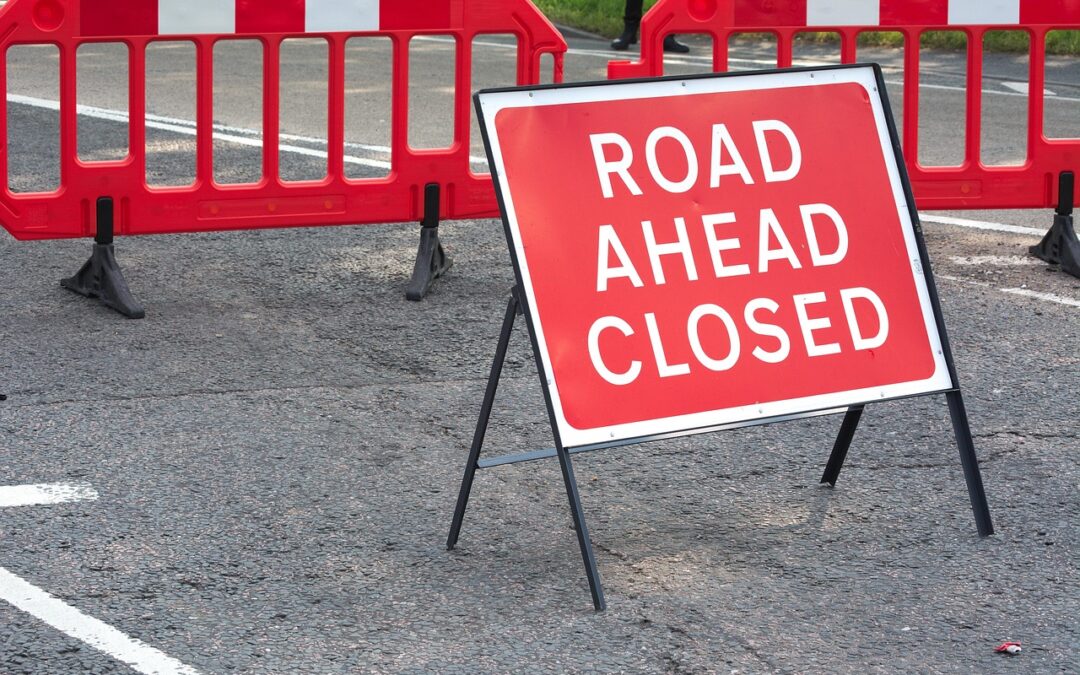The Fort Worth City Council is moving forward with the $11 million East Berry Corridor Plan. Adopted in May, the plan will revitalize East Berry Street from I-35W to Lake Arlington. After community input and nearly $1.7 million set aside for planning and preliminary engineering services, the city will spend approximately $9.3 million on infrastructure improvements, land acquisition and catalytic development.
The East Berry Corridor Plan identifies specific opportunities along the corridor to guide future development, focusing on housing, multimodal transit, commerce and public spaces. Incorporated in the 2050 Comprehensive Plan, the project is intended to give Fort Worth a competitive edge as more grant opportunities arise.
The plan transforms the corridor into a mixed-use, pedestrian-friendly area that supports walking, biking and transit. Some low-traffic areas are targeted for neighborhood nodes ideal for urban retrofits, including wider sidewalks, parking and “missing middle” housing—duplexes, townhomes and cottage courts. It will also include small-scale retail or office spaces that serve the community. The objective is to create vibrant, pedestrian-friendly centers that bolster neighborhood identity and stimulate reinvestment.
To facilitate implementation, the city plans to adopt a form-based code by fall, shifting zoning and building codes from a focus on land use to the physical form of the environment. Once these codes are in place, more specific plans and bidding for construction can proceed.
Following the adoption of the form-based code, zoning amendments will be implemented in fall or winterto align existing zoning regulations with the new code. These amendments will support the development of mixed-use, pedestrian-oriented neighborhoods along the corridor.
The approved plans for the East Berry Corridor focus on improving safety, efficiency and accessibility for all users. Recommendations include adding left-turn lanes at signalized intersections, aligning cross streets, evaluating driveway closures and addressing bridge
alignments. For pedestrians, the plan suggests directional and blended ramps, crosswalks at curb ends, mid-block pedestrian signals and a full-width side path across the railroad. Transit improvements include identifying preferred station locations, placing stations at the far side of intersections and incorporating access management measures. Landscaping with native plants is also recommended.
Specific areas along the corridor include the Cobb Park/Riverside Transit-Oriented Development (TOD) southwest of East Berry Street and Riverside Drive, an area currently dominated by rail lines and light industrial use. The plan is meant to make the area more walkable, mixing residential development with commercial space and parking near a future rail station. Trails will link Cobb Park’s green spaces along Sycamore Creek to transit. The plan envisions a balance of current industrial spaces with housing, commercial activity and recreation.
In the plan, the Lake Arlington focus area—located east of Loop 820, from Elizabeth Road to Eastland Street—becomes an urban village, a mixed-use, lakefront neighborhood. Eugene McCray Park in this area has been underutilized due to low visibility and difficult access. The area includes aging industrial, auto service and residential properties, many in the floodplain. The plan calls for enhancing access and views to the lake, acquiring land to create a destination comparable to Trinity Lakes, known for its mix of residential, commercial and lakefront amenities.
Renaissance Square is the largest commercial area in the East Berry Street plan zone, located between Mitchell Boulevard and U.S. 287. The emphasis here is to strengthen edges, improve access, attract new developments and create a neighborhood square—a central gathering space enhanced by linear buildings and commercial activity. The square is intended to serve as a vibrant, connected hub supporting nearby neighborhood nodes like Miller Avenue and Eastland Street, Edgewood Park and Eastland Street and Village Creek Road.
Funding sources for the project include the 2022 and 2026 Bond Programs, Tax Increment Financing (TIF), Chapter 380 Agreements and Local Development Corporation (LDC) funds.
Image by Nicky from Pixabay

